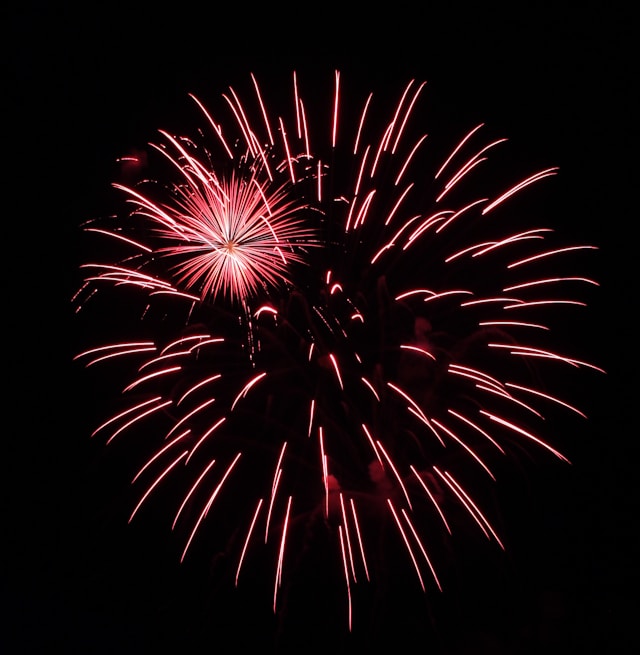The history of fireworks begins in ancient China, where they were initially used for their ability to ward off evil spirits. The earliest fireworks were simple bamboo tubes filled with gunpowder, which, when ignited, produced loud bangs and flashes of light. This rudimentary form of pyrotechnics was more than just a spectacle; it was deeply intertwined with cultural beliefs and rituals aimed at promoting good fortune and driving away negativity.
As the knowledge of gunpowder spread through the Silk Road, the art of fireworks expanded to the Middle East and Europe. By the Renaissance era, fireworks had become an integral part of public and royal celebrations. Italian pyrotechnicians advanced the craft by developing new techniques and materials that allowed for a broader range of colours and effects. This period marked the beginning of the intricate and often opulent displays that became synonymous with major celebrations.
The 18th and 19th centuries witnessed significant advancements in feuerwerks technology. Innovations such as timed fuses and more sophisticated shell designs enabled pyrotechnicians to create more elaborate and coordinated displays. These developments laid the groundwork for the grand spectacles we see today. The introduction of new chemical compounds further expanded the colour palette available to pyrotechnicians, allowing for even more dazzling and varied visual effects.
In the 20th century, fireworks became a staple of major public events and national celebrations. Cities like Sydney, New York, and Paris are renowned for their New Year’s Eve fireworks, which are often choreographed to music and feature intricate designs that light up the night sky in spectacular fashion. The advent of computer technology has revolutionised the art of fireworks, allowing for precise control over timing and sequencing. This has enabled the creation of more complex and synchronised displays, enhancing the overall sensory experience of fireworks shows.
Despite their visual splendour, fireworks are not without their challenges. The environmental impact of fireworks, including air and noise pollution, has raised concerns and prompted the search for more sustainable alternatives. Innovations in pyrotechnics have led to the development of environmentally-friendly options such as LED light shows and drone displays. These alternatives aim to capture the magic of fireworks while reducing their impact on the environment.
Cultural significance also plays a major role in the enduring popularity of fireworks. In the United States, fireworks are a central feature of Independence Day celebrations, symbolising freedom and national pride. In India, Diwali is marked by vibrant firework displays that represent the triumph of light over darkness. In Japan, the Hanabi Taikai festivals celebrate the artistry and beauty of fireworks, reflecting a deep connection to nature and tradition.
The evolution of fireworks from their ancient beginnings to the high-tech displays of today illustrates a fascinating blend of tradition and innovation. Fireworks continue to captivate and inspire, bridging the gap between historical practices and modern technology. As we look to the future, the art of fireworks will likely continue to evolve, offering new and exciting ways to celebrate and illuminate our lives.
Ultimately, the magic of fireworks lies in their ability to unite people in moments of shared wonder and joy. Whether it’s a local festival, a grand public event, or a private celebration, fireworks have the power to transform ordinary moments into extraordinary experiences. As technology advances and new forms of pyrotechnics emerge, the timeless appeal of fireworks will undoubtedly endure, lighting up the night sky and our hearts for generations to come.
